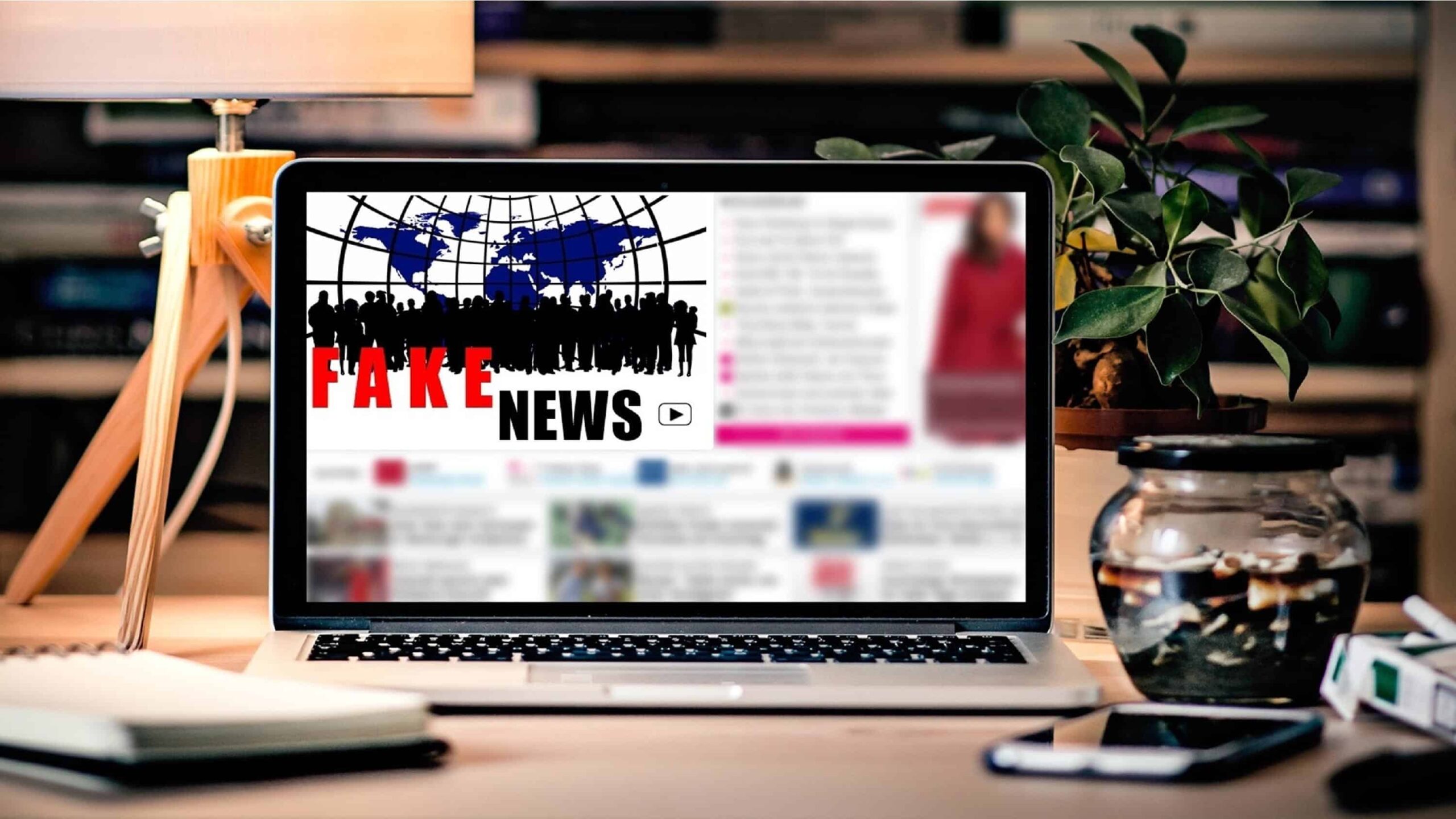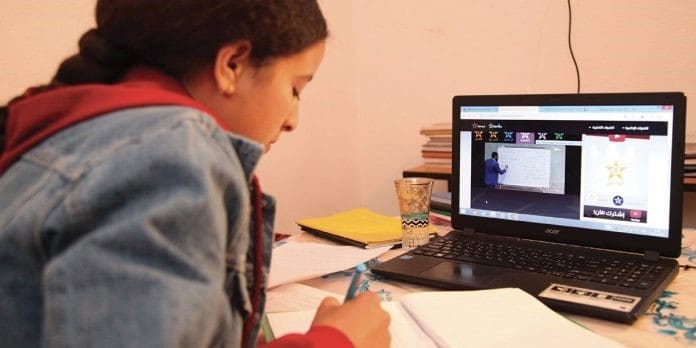The last year has seen major setbacks in global development brought about by the pandemic. Through the year, the Creative Development Lab shared concerns in remote education, the infodemic and more. Yet, as history has shown, global crises, like COVID-19, often bring to focus challenges and spur innovation. The following are reflections from Lab members on potential lasting change to development work that the last year has brought about.
Equity
“While everyone was impacted directly or indirectly by the pandemic, the narrative that the pandemic was somehow an equalizer proved to be patently false. The pandemic laid bare vulnerabilities and put inequities into stark relief that had we not been shaken likely would have continued in the status quo. In the U.S., we saw these inequities in risk exposure, access to testing, relief, and now vaccines,” reflects Joel Masselink, the Lab’s geospatial and data services lead.
It is no surprise that we are seeing even more focus on the marginalized in international development work. In the tech industry, there is a reckoning, and Silicon Valley is growing a conscience. In the years to come, this will perhaps be reflected on as a time that led tech workers to change the industry and digital product evolution to confront race and gender bias, data privacy, internet addiction and other issues.
Digital divide
As human lives became more digitally dependent worldwide, it exposed the glaring current divide in access to digital—internet, mobile connectivity, devices, electricity, etc. Closing this gap has become a common priority and rally for governments, the private sector and the development industry. For example, programming for resilience in international education has become partly dependent on bringing connectivity for distance education.
“COVID-19 has changed spending on telecoms to embrace new infrastructure models that will make last-mile connectivity more affordable. The shift in traffic coming from business centers to households is pushing governments to revive rural household connectivity agendas. New sources of funding are being made available by governments and multilaterals to fill connectivity gaps,” says Leo Senai, the Lab’s key liaison for the Communities in Transition Division. And even where there is abundant access, the information is often incredibly unreliable.

(Dis)information Resilience
Four to five years ago, there was an awakening about a global disinformation problem amplified like never before by social media. Over the years, there have been counter messaging activities funded and pressure on social media giants to control disinformation.
Despite the efforts, 2020 saw a dramatic rise in disinformation globally related to the pandemic, elections and other issues, insufficiently curtailed by social media companies. This has led to the realization that disinformation is here to stay, and we need to focus on preparing young people, journalists, governments, businesses and civil society around the world to be resilient to disinformation by imparting digital and media literacy.
There are examples of investments in digital literacy to limit the spread of disinformation working, such as in Taiwan, which incorporated media literacy lessons into its national curriculum from 2017 and has successfully weathered the pandemic and a national election, despite being the number one target for foreign disinformation in 2020.
Amanda Quinn, the Lab’s Data and Media Analyst and a fan of the Digital Minister of Taiwan, shares that “the increasing focus on the infodemic and how people consume information, especially on social media, makes me hopeful that there will eventually be an appropriate response from technology companies, development implementers, policy makers and others.” While social media has been rife with disinformation, it has also provided an avenue for empowering virtuous content creators.
Creator Economy
Social media use staggeringly increased worldwide during the pandemic as people sought to stay connected and entertained. The format of choice became short videos or micro-videos with services like TikTok, Instagram Reels and YouTube Shorts growing internationally.
“Aside from saving people from boredom, this genre gave many people an opportunity to speak up about issues that were kept in the shadows for years, a chance to find a niche community, use this genre for activism and even make an income of it by becoming a micro-influencer,” says Tamara Grigoryeva, the Lab’s Media Lead. While the micro-video format might be a passing fad in social media evolution, the ability generate some income is what signals a potential change in social media or influencer media.
It has been hard to earn money via social media with social media giants seeing a majority of the profits, leaving little for content creators. There is now an emerging movement of platforms and services like Patreon and Substack, allowing content creators to have followers subscribe directly to their content by paying—nearly all of which goes to the content creators. As artists, writers and other content producers have had to find replacement income sources during the pandemic, this is where they have turned. If the medium thrives, it can have positive implications for our work, from income sources for some women to spurring independent journalism.

Remote Behaviors
Beyond entertainment, we’ve also been forced to adopt remote learning, remote work, telemedicine and so on. It has led to an acceleration in the evolutions of these technologies, but it still needs to be more inclusive, reduce fatigue and be effective. “While Zoom, Teams, Jitsi and other tools served us as a lifeline, the videoconferencing exhaustion soon called for developing new, more nuanced features in currently existing videoconferencing apps and new apps all together to increase and ease participation, such as breakout rooms with easier navigation, quick polls, voice chat, etc.,” explains Grigoryeva.
Further, there is a fundamental lack of understanding in online course design and delivery, including in blended learning, technology integration, best instructional practices, the different ways in which online classes need to be designed, planned and assessed.
It is fair to assume that remote technologies, training and process to appropriately use them will see much investment and evolution and will make it easier to provide development services to remote areas in education, health and other domains.
Ayan Kishore is the Director of the Creative Development Lab.